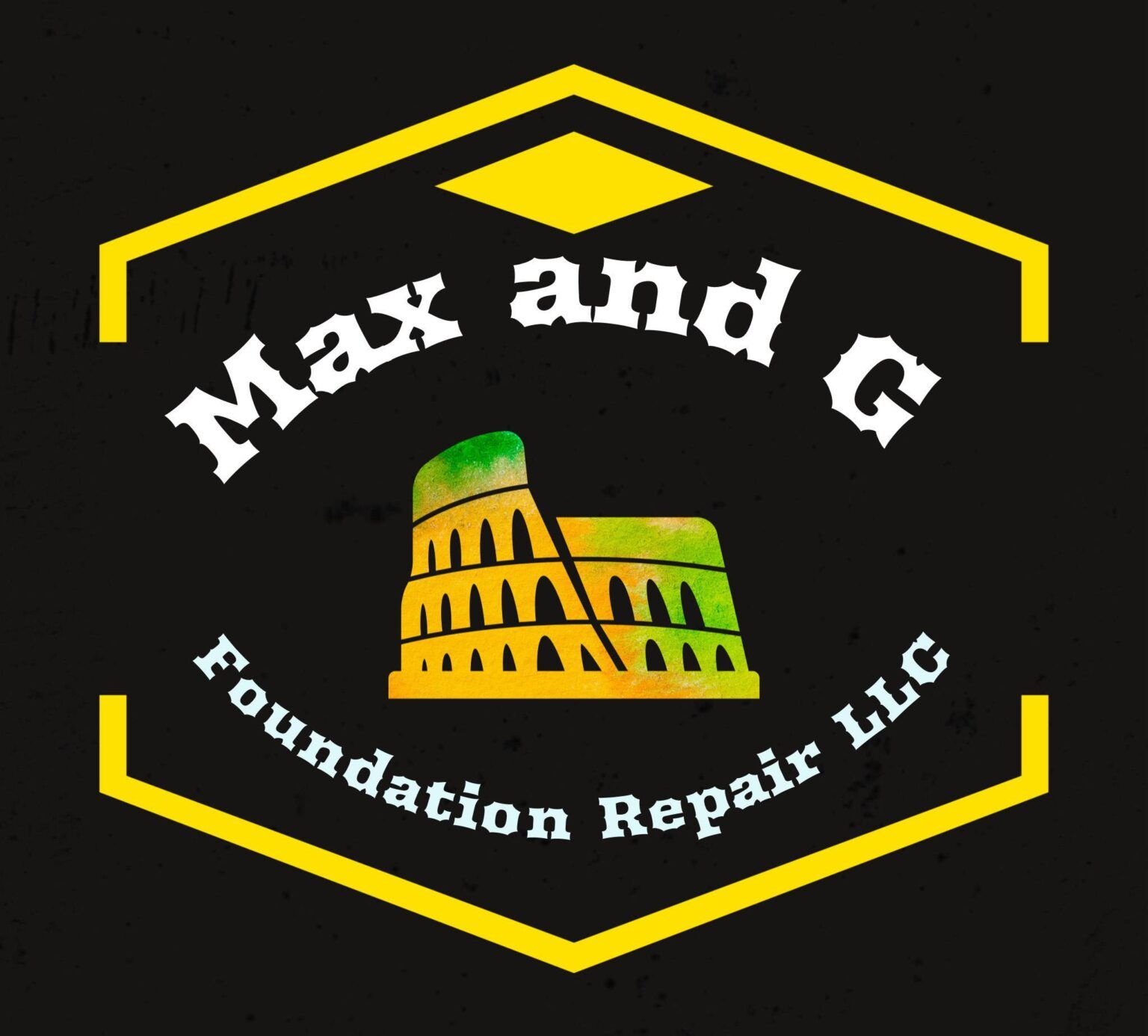Austin Homeowner's Guide to Foundation Crack Repair
Austin homeowners dealing with foundation cracks need to understand that not all cracks require immediate major repairs, but all should be evaluated by professionals. The key is determining whether cracks indicate structural movement or are simply surface-level issues that can be sealed effectively.
What Types of Foundation Cracks Should Concern Austin Homeowners?
Horizontal cracks wider than a quarter-inch typically indicate serious structural issues that need immediate attention. Vertical cracks that are actively growing or letting in water also require prompt repair. Stair-step cracks in brick or block foundations often signal foundation settling that needs professional evaluation.
Small hairline cracks in concrete foundations might seem minor but can allow water infiltration that leads to bigger problems. Any crack that you can fit a coin into deserves professional inspection. Changes in crack size over time indicate ongoing foundation movement.
How Do Austin's Soil Conditions Affect Foundation Cracking?
Austin sits on varied soil types, from clay to limestone, creating different foundation challenges across the city. Clay soil areas experience expansion and contraction cycles that stress foundation walls. Rocky areas with limestone bedrock present different challenges, including potential for undermining during heavy rains.
The city's topography means some neighborhoods experience more foundation movement than others. Foundation crack repair services in Austin require understanding of local soil patterns and appropriate repair methods for different ground conditions. Professional contractors recognize these variations and adjust their approaches accordingly.
What Are Your Foundation Crack Repair Options?
Surface crack repair might involve injection methods using epoxy or polyurethane materials to seal the crack and prevent water infiltration. Structural crack repair often requires more extensive work, including underpinning or pier systems to address the underlying cause of movement.
Some cracks require both sealing and structural reinforcement to provide complete solutions. Pier and beam foundation repair in Austin uses different techniques than slab foundation crack repair. Your contractor should explain which approach works best for your specific foundation type and crack characteristics.
How Austin's Building Boom Impacts Foundation Crack Repair
Austin's rapid development and construction activity can affect nearby foundation stability through increased traffic, soil compaction, and changes to natural water drainage patterns. Many established neighborhoods experience foundation issues as new construction alters local soil conditions.
The city's growth also means foundation repair contractors must stay current with evolving building codes and inspection requirements. Permit requirements for foundation work have become more stringent as Austin prioritizes structural safety in its expanding residential areas.
Understanding these local dynamics helps homeowners choose contractors who are familiar with Austin-specific challenges and regulatory requirements. Experience with local conditions often makes the difference between temporary fixes and lasting solutions.
If you're noticing foundation cracks in your Austin home, contact Max And G Foundation Repair at (254) 718-4016. With over two years of experience serving Central Texas, we understand the unique challenges Austin homeowners face and provide effective crack repair solutions.
